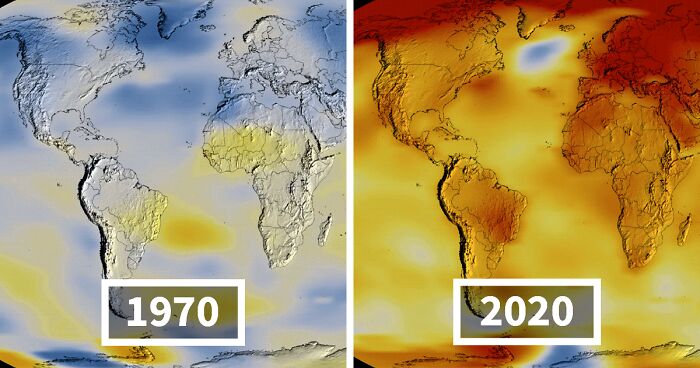
NASA Releases Heat Map Video Showing How 2020 Tied With 2016 In Being The Hottest Year On Record
Every time news comes out about yet another report on how much the planet is suffering from pollution and how climate change is getting worse by the minute, instead of thinking “we’re screwed,” we should probably turn that into positive thinking and start considering what we can do to stop it.
Well, consider this an exercise in positive thinking, as NASA has just come out with a video showcasing the history of temperature increase over the past 140 years, and things aren’t looking so good as last year has been declared the hottest in history, tied for first place with 2016.
As if 2020 wasn’t bad enough, NASA dropped some sad news about the alarming temperature levels
Image credits: NASA Goddard
So, the National Aeronautics and Space Administration, more commonly known as NASA, just released a video announcing that, in 2020, the average surface temperature tied with 2016 as the warmest year on record.
According to scientists at NASA’s Goddard Institute for Space Studies (GISS) in New York, the planet’s globally averaged temperature was warmer by 1.84 degrees Fahrenheit, or 1.02 degrees Celsius, than the baseline 1951-1980 mean.
Turns out, 2020 is a hot as 2016 was, and 2016 was a record-high in history
Image credits: NASA Goddard
Comparing to 140 years ago, things were drastically different regarding average surface temperatures
Image credits: NASA Goddard
Turns out, 2020’s average temperature exceeded 2016’s average by a tiny amount that’s considered a margin of error of the analysis, effectively making it tied for the warmest year in the last 140 years.
The ever-increasing temperatures are due to rising greenhouse gas levels caused by various human activities, including the burning of fossil fuels.
In a NASA press release, GISS Director Gavin Schmidt said: “The last seven years have been the warmest seven years on record, typifying the ongoing and dramatic warming trend. Whether one year is a record or not is not really that important—the important things are long-term trends. With these trends, and as the human impact on the climate increases, we have to expect that records will continue to be broken.”
The biggest cause of the increasing temperature is human activity, specifically greenhouse gasses
Image credits: NASA Goddard
Image credits: NASA Goddard
Tracking the global temperature trends allows us to track a critical indicator of the impact of human activity, namely greenhouse gas emissions. This in turn means loss of sea ice and ice sheet mass, sea level rise, longer and more intense heat waves, more intense natural phenomena, changes in habitats, and so on.
NASA also has an ongoing project called Images Of Change, which highlights the major changes that are happening on Earth. Sad to say, many of these changes are due to human impact and climate change, like extreme lake droughts, glacier melting, and deforestation. Bored Panda has a list of the most shocking images from the series here.
There was a temporary decrease in average temperature following WWII, things started to get real bad in the 1990s
Image credits: NASA Goddard
Image credits: NASA Goddard
As it stands now, the average sea level rise is predicted to be up to almost one foot (or 30 centimeters) by 2065 and up to two feet by the end of the century. Even if emissions are fully eliminated, there will still be inertia and many aspects of climate change will persist.
Check out the video NASA released showcasing the change in temperature
Image credits: NASA Goddard
Increasing temperatures also mean more intense natural disasters like hurricanes and wildfires
Image credits: NASA Goddard
But all is not lost, as there are numerous initiatives and campaigns in helping reduce greenhouse gas volumes. But if you want to start off small, we have a handy-dandy list of the small ways each and every one of us can help the planet, so be sure to check that one out too.
Here are some graphs for the nerdier demographic
Image credits: NASA Goddard Institute for Space Studies/Gavin Schmidt
Image credits: NASA Goddard Institute for Space Studies/Gavin Schmidt
Image credits: NASA Goddard Institute for Space Studies/Gavin Schmidt
But before you go, let us know what you think of this in the comment section below!
Ride your bike, walk, carpool, turn off the water, shut off the lights. Do the little things you can to help save our planet. We only have one planet, there is no plan B. You CAN make a difference, no matter the size.
Most effective one: do not have kids. It may sound brutal, but this is the one that impacts the environment the most.
Load More Replies...Don't know why you're getting downvoted. I thought that was funny.
Load More Replies...Funny that the beginning and end of drumpf’s stranglehold on the US just happen to bookend this. Hell when it started, hell when it ended. Thankfully we know Biden will do the right thing and help reverse this trend, rather than hinder it and make it worse.
Don't forget, the wealthy elite wont be giving up their carbon producing creature comforts any time soon. They expect you the common sheep to pay and to reduce your carbon footprint so they can increase theirs even further. The wealthy elite of the world are your masters and don't you ever forget that. Now get back to work sheep, my next fully heated/airconditioned mansion and gas guzzling Ferrari isn't going to pay for itself. ScreenHunt...b5-png.jpg 
That Dilbert comic strip was funny. Thanks for sharing it. LLAP
Load More Replies...The things that scientists are telling us that we need to do to deal with this problem are things that we should be doing anyway. Who believes that wasting energy and resources is a good thing? Grow up. Take responsibility for your actions.
What is affecting our climate? The governments spraying chemicals into our atmosphere/chemtrails that are poisoning our water, soil, plants, animals, us, etc.!!
What a load of utter crap. Cherry picking the "facts" to "prove" the narrative.
this is it, even if I would love to have children. I will NOT give birth to children on a sinking ship we are all selfish beings and we will NOT be able to stop the titanic from ramming the iceberg... having children is the most selfish and co2 producing thing anyone could ever do...
Is that the same NASA that 'adjusted' the temperature record to emove the 1930s heatwave. In the UK, 1976 was by far the hottest, driest year in my lifetime.
I live in switzerland and i have to say that 2020 wasnt as hot as 2019 in terms of temperature degree. I still remember this clearly because i had on summer 2019 a work accident because it was hot and my head felt mushy so i slipped and fell down the stairs and got my knee injured for almost 2 month.
Yes, they said temps didn't rise in 2020 because of the world shut down from covid and massive reduction in pollution from all of us :/ It's like maybe we should shut down production etc for a month every year. It really wouldn't be that hard
Load More Replies...Once again, I need to educate the masses on how much they are being played...will this ever end? global-coo...7b3c38.jpg 
You believe that the same group of people are working on this, 43 years later?
Load More Replies...So much for "proving" reduced consumption by consumers is the answer. Shut-downs had NO effect. Man is affecting our environment, that is true. But, we don't know how much. The earth goes through temperature cycles naturally. We don't know how much is normal variation and how much is man made. We are literally trying to use data equal to a blink of an eye to pass judgement on something that's been around for billions of years. Make smart, controlled changes, not knee-jerk reactions. Use common sense.
Actually, the lock down during the pandemic had a massive positive effect on earth. The largest hole in the ozone completely healed, something scientists have been claiming would take a VERY long time to happen. Rivers ran clean again, fish returned to those rivers. In India people could see the mountains again because the smog cleared. We are most definitely the cause of accelerated global warming at a drastic rate.
Load More Replies...A warmer planet destroys the ecosystem. All the ice and glaciers melts, which leaves no place for the Arctic animals to live. It makes ocean levels rise causing continents to become smaller. So no, a warmer planet is not a healthier one.
Load More Replies...Ride your bike, walk, carpool, turn off the water, shut off the lights. Do the little things you can to help save our planet. We only have one planet, there is no plan B. You CAN make a difference, no matter the size.
Most effective one: do not have kids. It may sound brutal, but this is the one that impacts the environment the most.
Load More Replies...Don't know why you're getting downvoted. I thought that was funny.
Load More Replies...Funny that the beginning and end of drumpf’s stranglehold on the US just happen to bookend this. Hell when it started, hell when it ended. Thankfully we know Biden will do the right thing and help reverse this trend, rather than hinder it and make it worse.
Don't forget, the wealthy elite wont be giving up their carbon producing creature comforts any time soon. They expect you the common sheep to pay and to reduce your carbon footprint so they can increase theirs even further. The wealthy elite of the world are your masters and don't you ever forget that. Now get back to work sheep, my next fully heated/airconditioned mansion and gas guzzling Ferrari isn't going to pay for itself. ScreenHunt...b5-png.jpg 
That Dilbert comic strip was funny. Thanks for sharing it. LLAP
Load More Replies...The things that scientists are telling us that we need to do to deal with this problem are things that we should be doing anyway. Who believes that wasting energy and resources is a good thing? Grow up. Take responsibility for your actions.
What is affecting our climate? The governments spraying chemicals into our atmosphere/chemtrails that are poisoning our water, soil, plants, animals, us, etc.!!
What a load of utter crap. Cherry picking the "facts" to "prove" the narrative.
this is it, even if I would love to have children. I will NOT give birth to children on a sinking ship we are all selfish beings and we will NOT be able to stop the titanic from ramming the iceberg... having children is the most selfish and co2 producing thing anyone could ever do...
Is that the same NASA that 'adjusted' the temperature record to emove the 1930s heatwave. In the UK, 1976 was by far the hottest, driest year in my lifetime.
I live in switzerland and i have to say that 2020 wasnt as hot as 2019 in terms of temperature degree. I still remember this clearly because i had on summer 2019 a work accident because it was hot and my head felt mushy so i slipped and fell down the stairs and got my knee injured for almost 2 month.
Yes, they said temps didn't rise in 2020 because of the world shut down from covid and massive reduction in pollution from all of us :/ It's like maybe we should shut down production etc for a month every year. It really wouldn't be that hard
Load More Replies...Once again, I need to educate the masses on how much they are being played...will this ever end? global-coo...7b3c38.jpg 
You believe that the same group of people are working on this, 43 years later?
Load More Replies...So much for "proving" reduced consumption by consumers is the answer. Shut-downs had NO effect. Man is affecting our environment, that is true. But, we don't know how much. The earth goes through temperature cycles naturally. We don't know how much is normal variation and how much is man made. We are literally trying to use data equal to a blink of an eye to pass judgement on something that's been around for billions of years. Make smart, controlled changes, not knee-jerk reactions. Use common sense.
Actually, the lock down during the pandemic had a massive positive effect on earth. The largest hole in the ozone completely healed, something scientists have been claiming would take a VERY long time to happen. Rivers ran clean again, fish returned to those rivers. In India people could see the mountains again because the smog cleared. We are most definitely the cause of accelerated global warming at a drastic rate.
Load More Replies...A warmer planet destroys the ecosystem. All the ice and glaciers melts, which leaves no place for the Arctic animals to live. It makes ocean levels rise causing continents to become smaller. So no, a warmer planet is not a healthier one.
Load More Replies...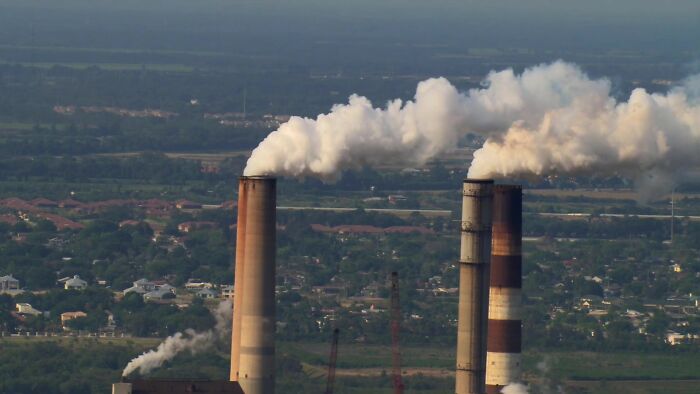
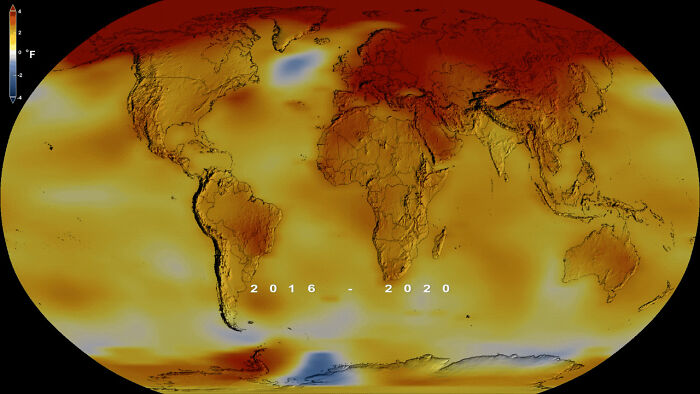
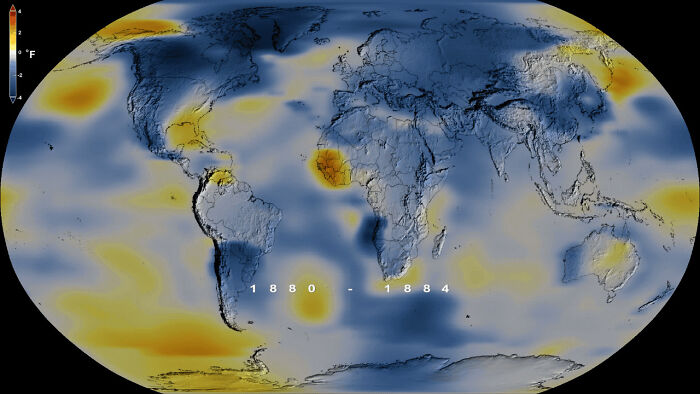
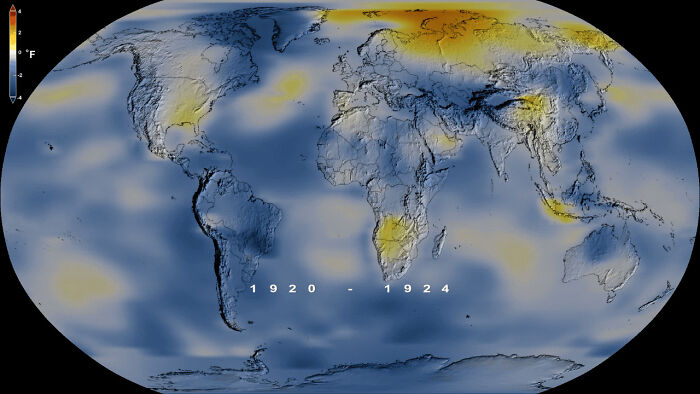
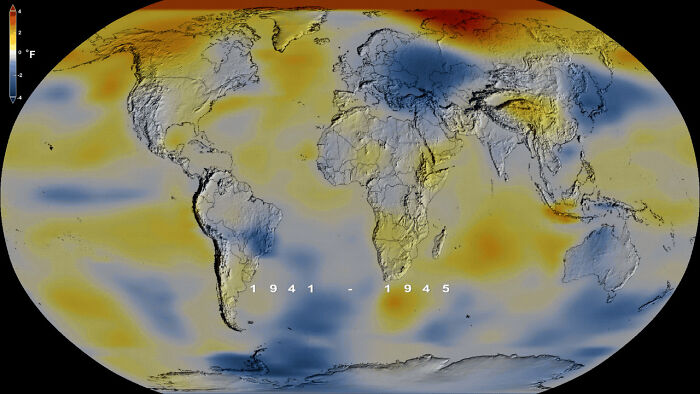
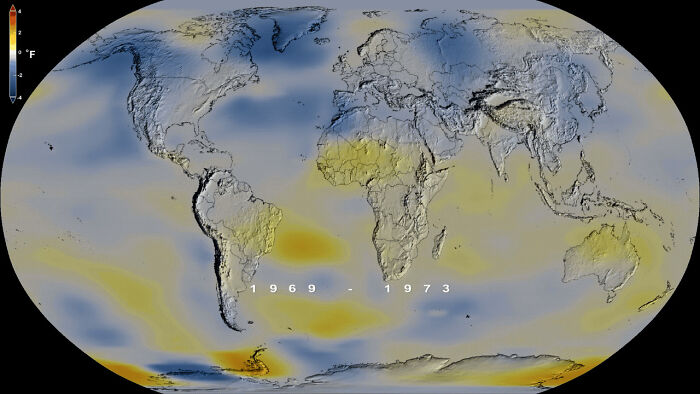
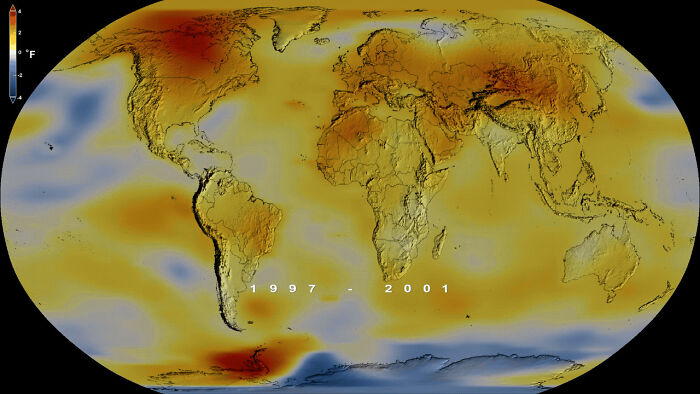
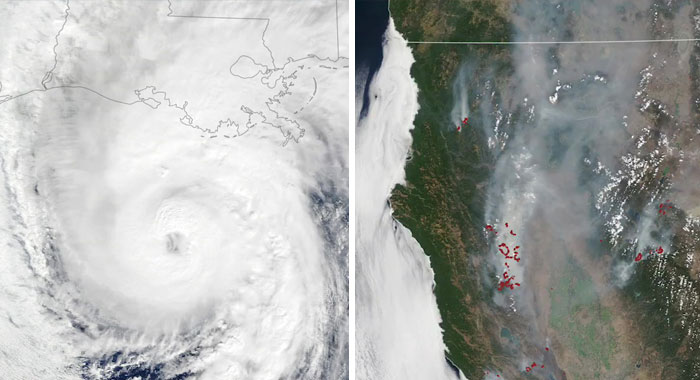
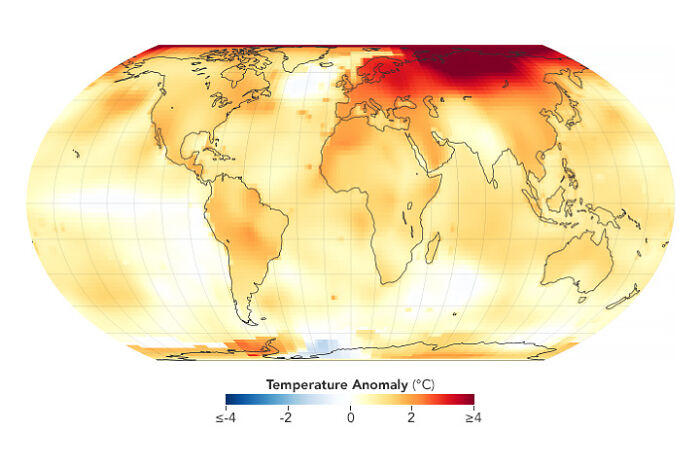
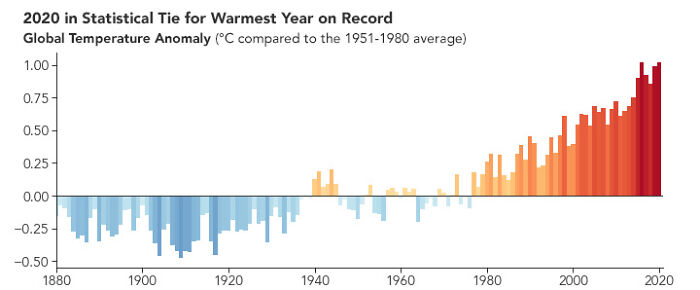
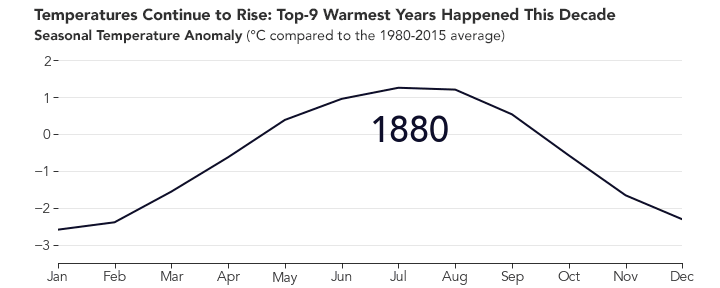



100
57